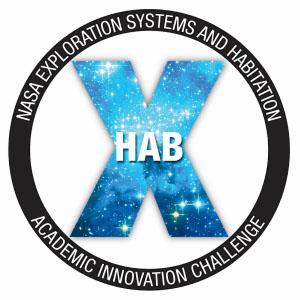
NASA Slects OSU Team to Develop System Prototypes for Deep Space
Friday, July 6, 2018
NASA and the National Space Grant Foundation have selected Oklahoma State University among the 10 university teams to design systems, concepts and technologies to potentially support the agency’s deep space exploration capabilities, including the Lunar Orbital Platform-Gateway
This selection is part of the eXploration Systems and Habitation (X-Hab) 2019 Academic Innovation Challenge and include proposals to advance 3D printing in space, improve spacecraft environmental recycling systems, refine plant growth systems and create conceptual habitat designs.
“The X-Hab challenge is a great example of how NASA is using non-traditional approaches to developing important technology, while providing unique technical student experiences that can inspire future careers,” said Jason Crusan, director of Advanced Exploration Systems at NASA Headquarters in Washington.
The X-Hab teams will develop their proposed systems and structures into functional prototypes during the 2018-2019 academic year. As part of this process, the teams will complete engineering design reviews and provide three project status briefings to NASA, before presenting final prototypes for evaluation in May 2019.
OSU’s team idea was inflatable/deployable experimental airlock. Students will develop and demonstrate a functional inflatable/deployable experimental airlock for the gateway ground testing unit, which will be delivered to NASA for final evaluation and testing.
Proposals were submitted in early 2018, and the selections kick off a yearlong process to develop the prototypes. The projects will be consistent with senior- and graduate-level design curricula while emphasizing hands-on design, research, development and manufacturing. Project teams will work toward a series of milestones to design, manufacture, assemble and test their systems and concepts in close cooperation with NASA experts in Space Life and Physical Sciences Research and Applications, Human Research Program and Advanced Exploration Systems.
For more information about previous challenges and current requirements, visit: http://go.nasa.gov/x-hab
Story by Kylie Fanning
